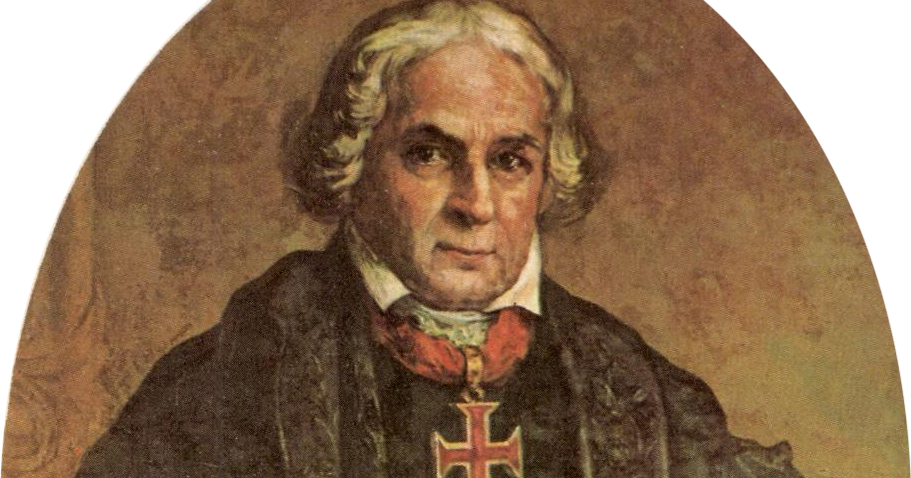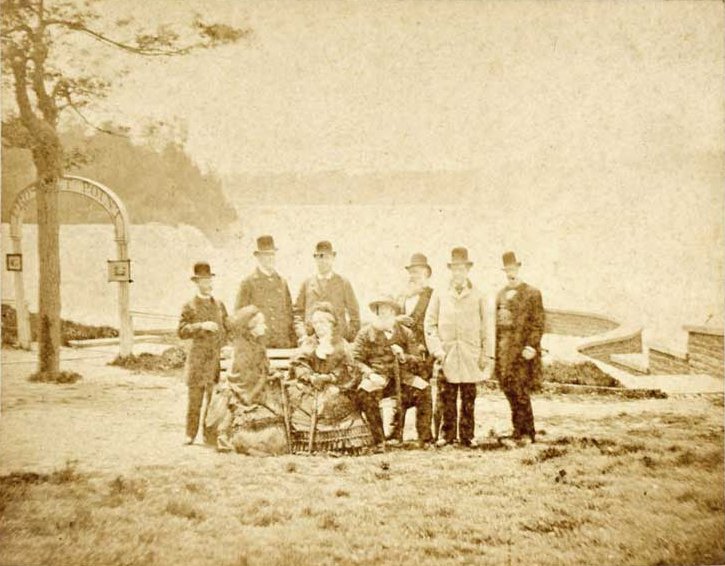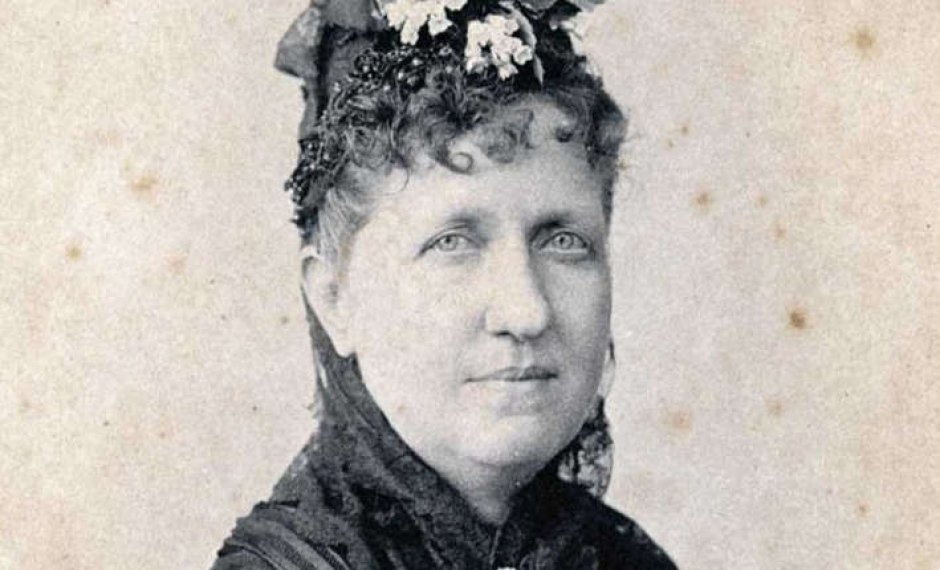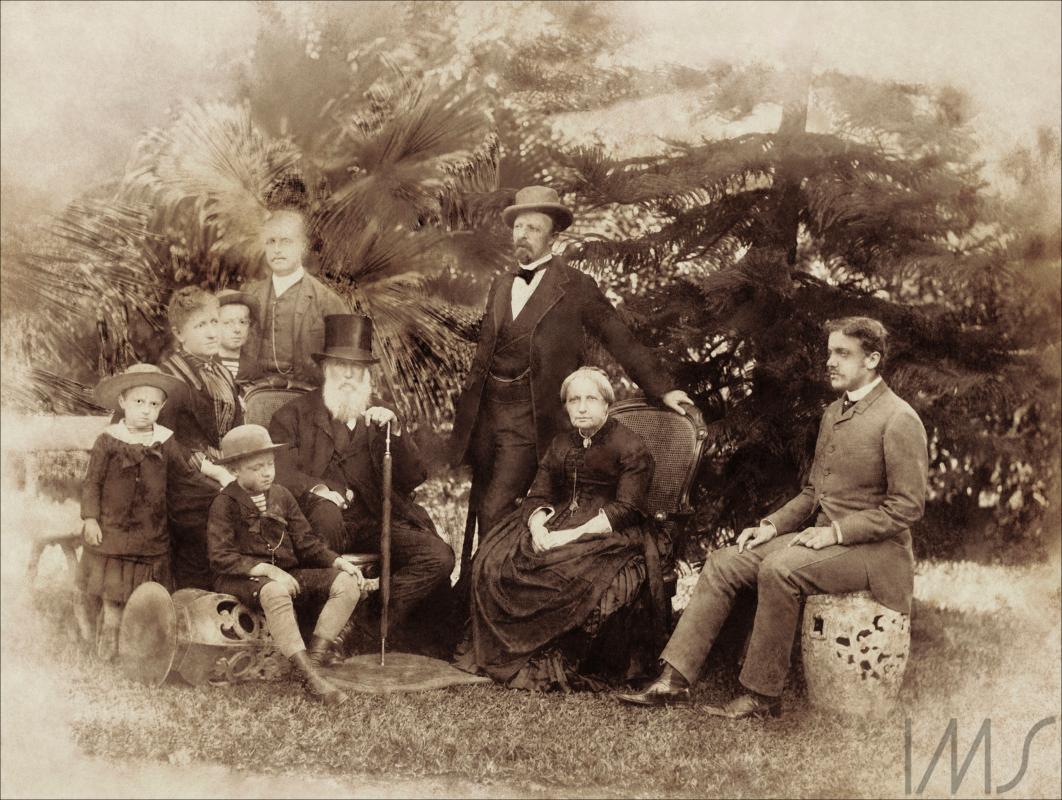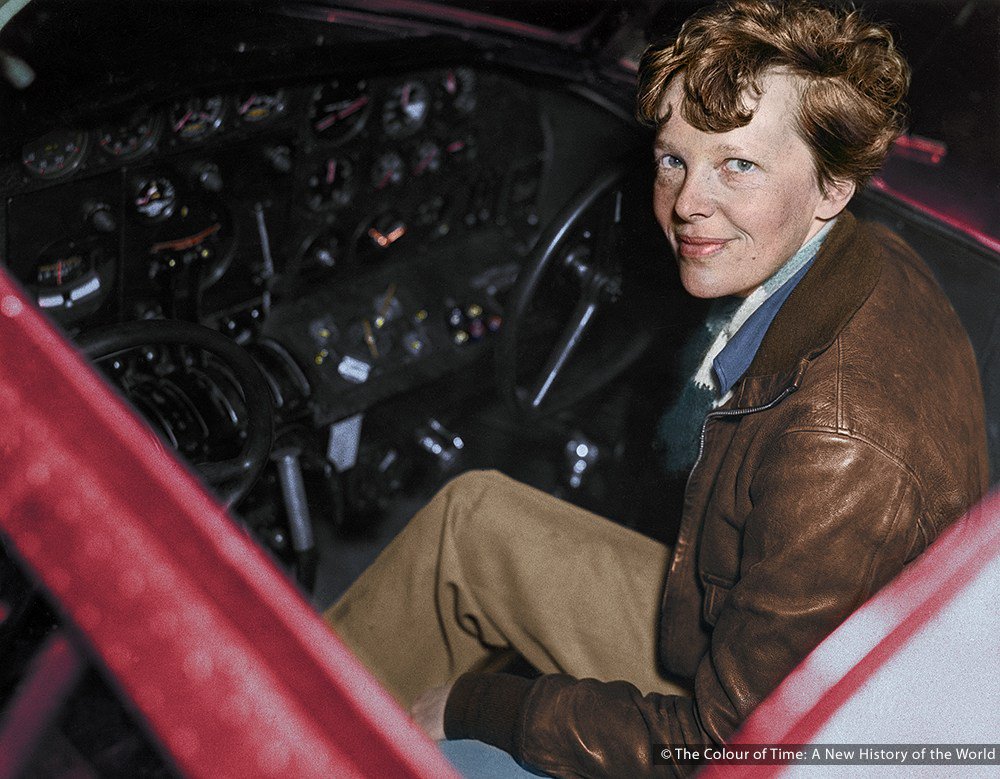When asked by politicians if he would like to assume full powers, Pedro II shyly accepted.
His nature resulted from his broken childhood, when he experienced abandonment, intrigue and betrayal.
That's one of the reasons why the collection of the National Museum was so vast.
Pedro II returned to Brazil and disembarked in Rio de Janeiro in August 1888. The whole country welcomed him with an enthusiasm never seen before.
During the ordeal, Pedro II showed no emotion.
🇧🇷
